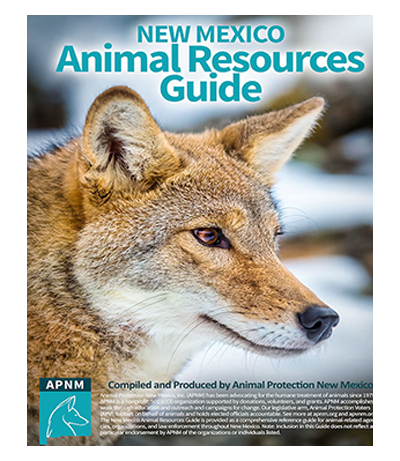
Living with Prairie Dogs
Our Necessary Neighbors and a Keystone Species in New Mexico
Did you know that prairie dogs are very intelligent and have one of the most complex language systems ever studied?
New Mexico is home to two species of prairie dogs: the Black-Tailed prairie dog in the east, and the Gunnison’s prairie dog in the west.
They are considered a “keystone” species because the colonies and burrows they create benefit over 100 species in the environment. They provide food for many animals, such as badgers, coyotes, eagles, and more.
Where you see prairie dogs, you are also more likely to see eagles, hawks, burrowing owls, foxes, badgers, and other wildlife.
Through their foraging activities, they increase the abundance of flowers and in turn increase abundance of essential pollinators, like bees and butterflies. And they help control weeds such as sagebrush, mesquite, prickly pear, and other weeds noxious to livestock.
Prairie dogs help to maintain unique islands of important grassland habitat and associated biodiversity. Because of their ecological importance, it is vital that we restore and protect their populations.
Sadly, prairie dogs have lost much of their habitat and have been intensively shot and poisoned. There is little protection for these vital creatures, even on public lands. But this conflict is unnecessary. There are humane ways to resolve prairie dog conflicts with agribusiness and development. See “Ideas and Strategies to Live with Prairie Dogs” below.
Something to Consider…
Have you ever observed prairie dogs? Their complex social life makes them an ideal species for anyone who enjoys watching wildlife up close. Consider welcoming them on your property as a natural and enjoyable part of living in New Mexico.
Ideas and Strategies for Living with Prairie Dogs
Use Barriers
Prairie dogs can be kept out of designated areas by using barriers, which can be visual (such as wooden privacy fencing, vinyl fencing, etc.) or vegetative (such as tall shrubs, trees, tall, fast-growing grasses, etc.). Hay bales are also excellent barriers that additionally can protect areas while new plantings are getting established.
Gardening!
Prairie dogs love the disturbed soil that goes along with gardening. When you are working the soil, keep that area out of view and it won’t attract prairie dogs.
Keep Your Pasture Healthy
Prairie dogs love a long view. So pastures that have been overgrazed are prime land for them. By using rotational grazing, not only will your pasture be healthier but it will be less likely to attract prairie dogs.
Attract Their Natural Predators
Large raptors (such as hawks, owls, and kestrels) are natural predators of prairie dogs. You can encourage their presence by adding perches and nesting boxes near the prairie dog colony. Foxes, coyotes, and badgers are some natural predators of prairie dogs. You can encourage their presence (and hunting ability) by placing straw bales and wood piles near prairie dog colonies.
Passive and Active Relocation
There are two types of relocation that can be used with prairie dogs: passive relocation (which uses a carefully planned strategy of closing off certain burrows so that the prairie dogs move into an adjacent colony) and active relocation (a process of removing all prairie dogs from one location to another, safe location). Professional relocators can be hired to pursue this option.
Questions/concerns about prairie dogs? Contact APNM’s Animal Cruelty Helpline at 877-5HUMANE (877-5HUMANE)






